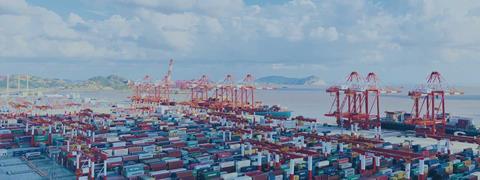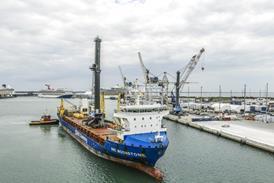Washington’s latest Section 301 measures have imposed steep voyage fees on Chinese-built and operated vessels calling at US ports. Beijing retaliated with levies on US ships and tighter rare earth export controls, reigniting tensions between the world’s two largest economies ahead of high-level trade talks later this month.
Effective October 14, new measures from the Office of the United States Trade Representative (USTR) took effect, aimed at reversing Chinese dominance in global shipping and revitalising US shipbuilding.
Under Section 301, vessels owned or operated by a Chinese entity will be charged a flat fee of USD80 per net tonnage (NT) per voyage to the USA. Non-Chinese operators using Chinese-built ships will face either USD23 per NT or USD154 per teu capacity (whichever is higher). Both fees are imposed on a ship no more than five times a year. Promisingly for those moving heavy and oversize cargoes, most multipurpose tonnage falls beyond the scope of these regulations.
China imposed its own levies on US ships calling at Chinese gateways, describing the move as a means to safeguard its shipping industry from discriminatory measures. The fees apply to US-owned, operated, built or flagged vessels – but not those that have been built in China.

Last week, China also tightened export controls on rare earth minerals, a market that it has a strong grip over, processing roughly 90 percent of the world’s supplies. The US president, Donald Trump, retaliated with the threat of an additional 100 percent tariff on Chinese goods.
Rising and easing tensions between the two world’s largest economies has been a recurring feature of the trading environment this year. Still, the timing of the latest announcements appears tactical, with both Trump and Xi Jinping likely trying to strengthen their bargaining positions ahead of trade talks scheduled for later this month.
















